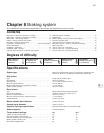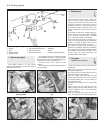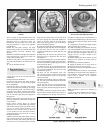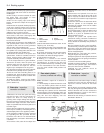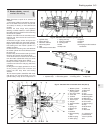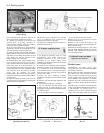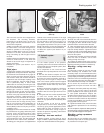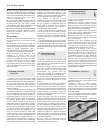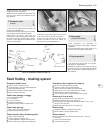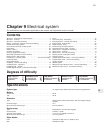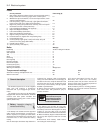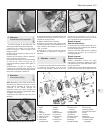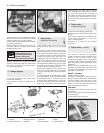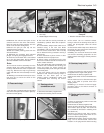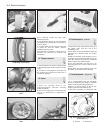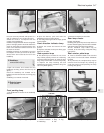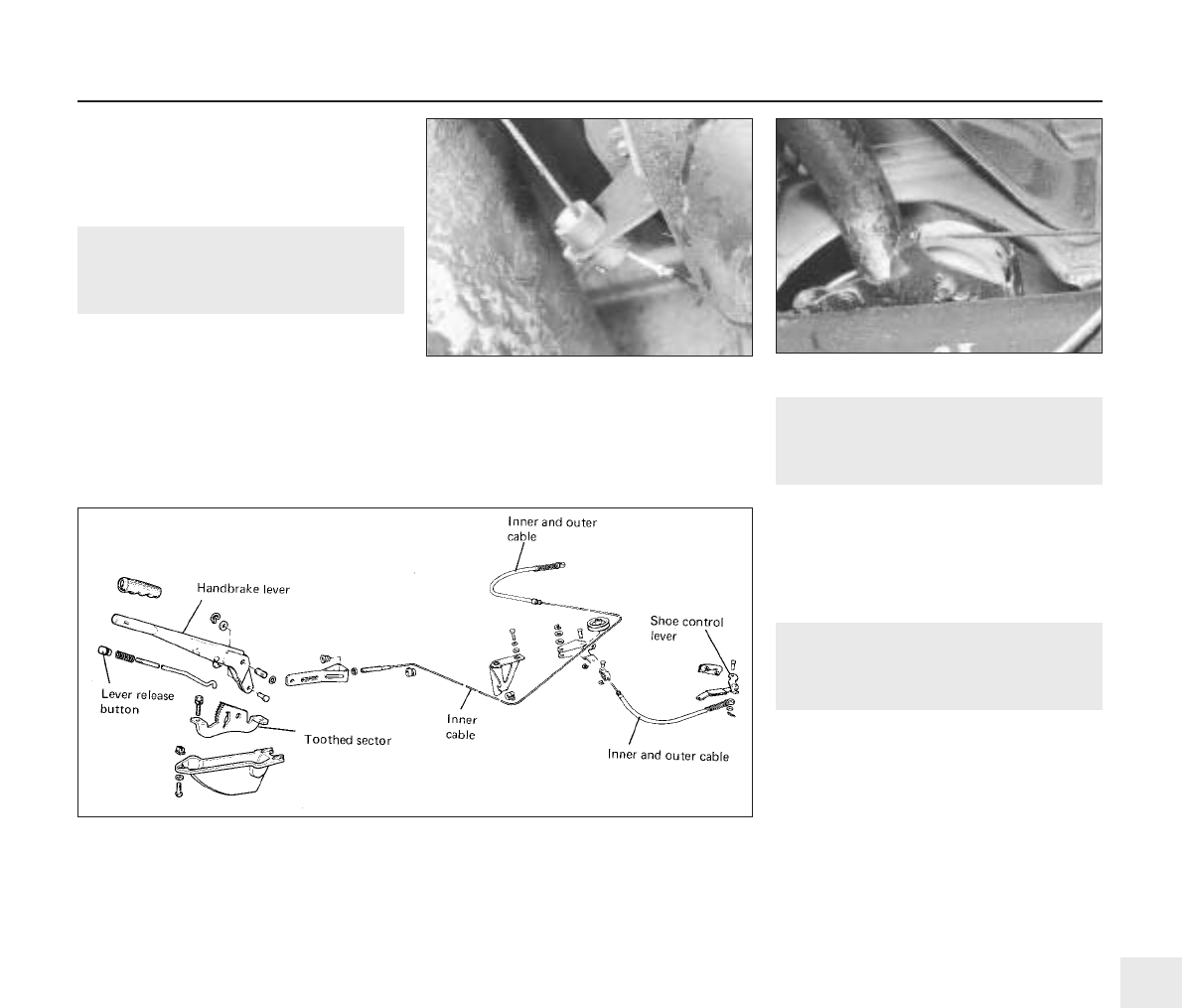
locknut and turn the adjuster nut on the
handbrake primary rod (photo).
3 Raise the rear roadwheels and check that
they turn freely when the handbrake lever is
fully released.
17 Handbrake cable -
renewal
1
1 There are two cables, either of which may
be renewed independently
2 Disconnect the cable, which is to be renewed,
from the shoe lever at the brake backplate.
3 Disconnect the longer cable from the
primary link or rod and release the cable from
its retainers. On later models with a plastic
fuel tank, a cable bracket is moulded into the
side of the tank (photo).
4 Disconnect the shorter cable from the pivot
lever at the pulley on the rear axle (photo).
5 Refit the new cables by reversing the
removal operations and then adjust as
described in the preceding Section.
18 Brake pedal -
removal and refitting
1
1 The operations are described in
conjunction with the clutch pedal in Chapter
5, Section 4.
2 The brake pedal pushrod will slide out of
the servo unit as the pedal is withdrawn.
19 Stop lamp switch
1
1 The brake stop lamp switch is of plunger
type acting on the pedal arm.
2 Adjust the position of the switch by turning
the locknuts until the stop lamps illuminate
when the pedal arm is depressed through 1.0
mm (0.039 in).
Braking system 8•9
Fig. 8.13 Handbrake components (Sec 17)
17.4 Handbrake cable pulley
17.3 Handbrake cable guide on fuel tank
8
Fault finding - braking system
Excessive pedal travel
ⅥⅥ Pads or shoes excessively worn
ⅥⅥ Incorrect pedal or servo pushrod adjustment
ⅥⅥ Automatic adjusters faulty
ⅥⅥ Seized wheel cylinder or caliper piston
ⅥⅥ Master cylinder seals worn
Pedal feels spongy or soggy
ⅥⅥ Air in hydraulic system
ⅥⅥ Low fluid level
ⅥⅥ Loose connections
ⅥⅥ Flexible hose perished
ⅥⅥ Defective wheel cylinder or caliper seal
Pedal feels springy
ⅥⅥ New pads or linings not bedded-in
ⅥⅥ Master cylinder mounting loose
Pedal vibrates when brakes applied
ⅥⅥ Discs or drums distorted
ⅥⅥ Friction linings excessively worn
ⅥⅥ Loose backplate or caliper mounting bolts
ⅥⅥ Wear in steering or suspension components
Excessive effort required to stop car
ⅥⅥ Worn or contaminated linings or pads
ⅥⅥ Incorrect grade of lining or pad material
ⅥⅥ Servo vacuum hose leaking or disconnected
ⅥⅥ Faulty servo or non-return valve (55 or 70 models)
ⅥⅥ Seized caliper or wheel cylinder piston
ⅥⅥ One circuit defective on dual circuit hydraulic system
Brakes pull to one side
ⅥⅥ Friction linings contaminated on one side of car
ⅥⅥ Seized hydraulic piston on one side of car
ⅥⅥ Different types of linings fitted on different sides of car, or new
linings on one side only
ⅥⅥ Seized automatic adjuster on one side of car
Brakes drag
ⅥⅥ Handbrake linkage overadjusted or seized
ⅥⅥ Seized caliper or wheel cylinder piston
Brakes squeal
ⅥⅥ Drums or discs rusty or damp (temporary fault - no action
necessary)
ⅥⅥ Dust or grit in brake drums
ⅥⅥ Linings excessively worn



